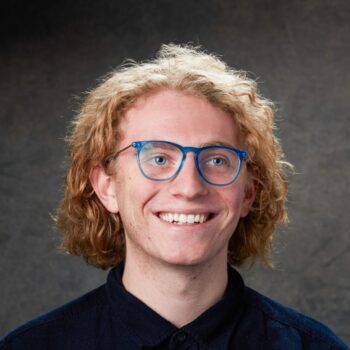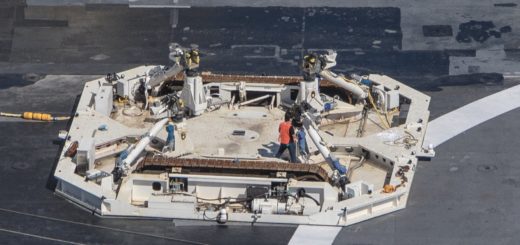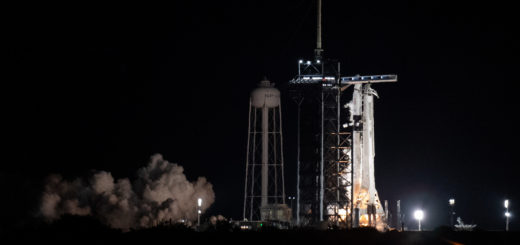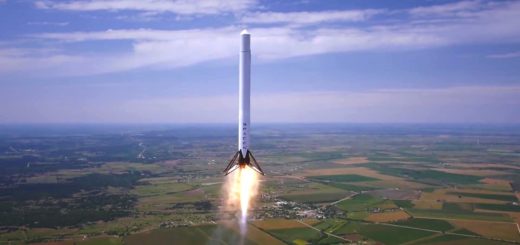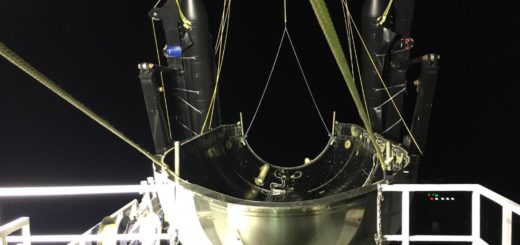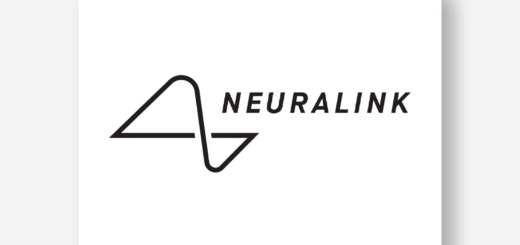Three key engineers have left Neuralink recently
Three key engineers have recently left Neuralink – Jeremy Barenholz, vice president of product and technology, Sam Schmitz, neurosurgical robot consumables design & manufacturing lead, and Bliss Chapman, developer of algorithms for decoding brain signals. They announced their departures on X and LinkedIn, respectively. Here’s why they left.
Jeremy Barenholtz
vice president of product and technology
Jeremy was with Neuralink for 3 years, from 2021 to 2024. He announced his departure in November 2024.
He studied mathematics and computer science at Stanford University in California. Joined Neuralink not long after graduating in May 2021. His career at the company has been very steep. Jeremy started as an implant software developer, but soon rose to one of the most important positions, VP of Product and Technology. He posted the following information about his departure on LinkedIn:
I’m happy to announce that I’ve joined the founding team at Nudge as Cofounder, President & CTO, alongside cofounders Fred Ehrsam and Quintin Frerichs. We are working on a non-invasive form of neuromodulation using focused ultrasound (activating parts of the brain from outside the skull using acoustic waves). Our goal is to help the brain work better by creating a generalized product that can stimulate millimeter-scale focal regions of the brain — for neurological and psychiatric disorders, like addiction, and eventually for modulating things like mood, focus, and more. Our broader mission is to create the best hardware and software possible for interfacing with the whole brain, and we believe there is a particularly elegant pathway for doing so starting with non-invasive ultrasonic stimulation and imaging.
This is an approach that is building off of promising academic research from Stanford, University of Utah, West Virginia University, Caltech, University College London, and others that, in recent years, has helped shift the balance from scientific risks to engineering challenges.
As many know, I used to work on implantable brain-computer interfaces — at the other end of the spectrum — at Neuralink, and I’d like to add a brief word of appreciation for that experience and the individuals who made it possible. I love the people at Neuralink deeply — they were, and are, among the most talented, hardworking, curious, and interesting people I’ve ever had the pleasure of knowing. I love the product we built and the people we’ve helped (and who helped us!). The opportunities I was given at Neuralink forever changed my life — not only the opportunity to deliver on some of the most difficult challenges in the world, but also to care about the hundreds of other people working beside me and contribute to an organization and a culture that enables great people to do great work. Thank you.
Sam Schmitz
neurosurgical robot consumables design & manufacturing lead
Sam has been with Neuralink for 4 years, since November 2020. He announced his departure on January 11, 2025.
He studied mechanical engineering at the University of Minnesota. After his studies, he worked at Formlabs on the development of 3D printers. At Neuralink, he led the design and production of electrode threads implanting needles and its accessories (consumables). He showed what the development of the needles looks like at a presentation of Neuralink’s progress in the fall of 2022.

Needle dimensions.
Sam talked about the reasons for leaving the company (and not only that) on X:
Yesterday was my last day at Neuralink. It was a very hard decision, but I’ve never been more excited than for what is next. Before that, some final thoughts on Neuralink 🧵
— Sam (@samschmitz) January 10, 2025
The people at Neuralink are the smartest and nicest I’ve ever met. Many take pay cuts to work there because they believe in the mission and want to help as many people as they can. Everyone is laser focused on future patients, and how we can do the most right by those in need.
To this end, it’s been disheartening and frankly shocking to see people rooting against Neuralink. How do you think history is going to view you as the people who tried to stop so much good coming to people in need?
We had armed security because people showed up unannounced, sometimes with bad intentions. I never felt unsafe at work until a *Reuters journalist* published our address and a picture of our building. I still cannot f*cking believe this is accepted as professional ‘journalism.’
Neuralink is unbelievably safety-focused and transparent. Don’t fall for bullshit hit-pieces: read the blog posts written by the *actual* people working on stuff—no PR people involved. The monkeys literally have bigger rooms and better diets than I do. No one else does this.
Anyway, this has nothing to do with me leaving: I loved it there and only left because what’s coming up for me is once-in-a-lifetime. I encourage people to apply and refer their friends to Neuralink: it’s an amazing place to be.
Finally, I want to thank Noland Arbaugh and our other two participants for your incredible trust, bravery, and hard work. You (and your family) are incredible people, and I’m so fortunate for having gotten to meet you.
Bliss Chapman
brain interface software lead
Bliss was with Neuralink for just under 4 years, starting in April 2021. He announced his departure on January 21, 2025.
He studied statistics and computer science at the University of Illinois at Urbana-Champaign, where he received a bachelor’s degree in both fields. After graduating, he worked at Apple for less than two years developing machine learning for camera functions.
We remember Bliss from Neuralink’s 2022 progress presentation, where he showed how the company is trying to ensure that its neural interface works reliably, similar to computer mouse and keyboard.
Bliss also appeared in the first video in which we had the opportunity to see Noland Arbaug, Neuralink’s first participant (now over 20 million views on X):
— Neuralink (@neuralink) March 20, 2024
So why did Bliss actually leave Neuralink? Here’s what he stated on X:
Yesterday was my last day @neuralink. Some thoughts🧵 pic.twitter.com/u3iJjvOrdy
— Bliss Chapman (@chapman_bliss) January 21, 2025
I’m leaving Neuralink. My last day will be Jan 20th.
Why?
I am not rage quitting or leaving due to a lack of faith in Neuralink’s mission, leadership, or some other silliness. I’m a huge believer in the value of the work Neuralink is doing and the good we you (😊) can do in the world.
I’m leaving to pursue a tech tree I feel personally obligated to advance. I was diagnosed with PTSD a couple years ago. During flashbacks, I lose control of my brain. My brain can hijack my body and put conscious experience on a train to traumatown whenever it wants. After I get off the ride, I have no choice but to ask: is my brain really MY brain? Many suffer from addiction, chronic pain, depression and other neuropsychiatric disorders have asked this for much longer than I have. Now is my moment to try to change the answer.
Thank You
I love the view of humanity I wake up to every morning. Our participants are constant reminders to me (and the world) of what it means to lead the good life…to be of service to one another. My time at Neuralink has helped me discover what brings me fulfillment and purpose. For the role each of you have played in this journey, thank you.
Neuralink cannot fail
Neuralink technology will restore fundamental parts of the human experience. Your work will help people communicate again, work again, move again, see again, and pet their doggo again. Perhaps more importantly, this technology restores hope.
I don’t mean this abstractly. I have talked with many folks who have chosen to live because of our work. When you think of moving a cursor on a screen, it’s absurd to think of second-order impacts like this but it becomes obvious after spending days talking with folks in the community.
If you’re diagnosed with ALS, you wake up to the question “what did I lose today?”
In the face of that brutal reality, the thought of a future where your situation improves… where you have something MORE than you did the day before can be enough to decide to keep going.
To quote a study candidate I’ve become close with:
You will ultimately change so many lives. I see so many choosing to go on living because of your efforts. I have no doubt that it’s challenging and at times exhausting, but I hope that you realize and are energized by the tremendous value of your work for people like me.
Keep in mind why your work matters and I am confident this team will do unbelievably great things.





